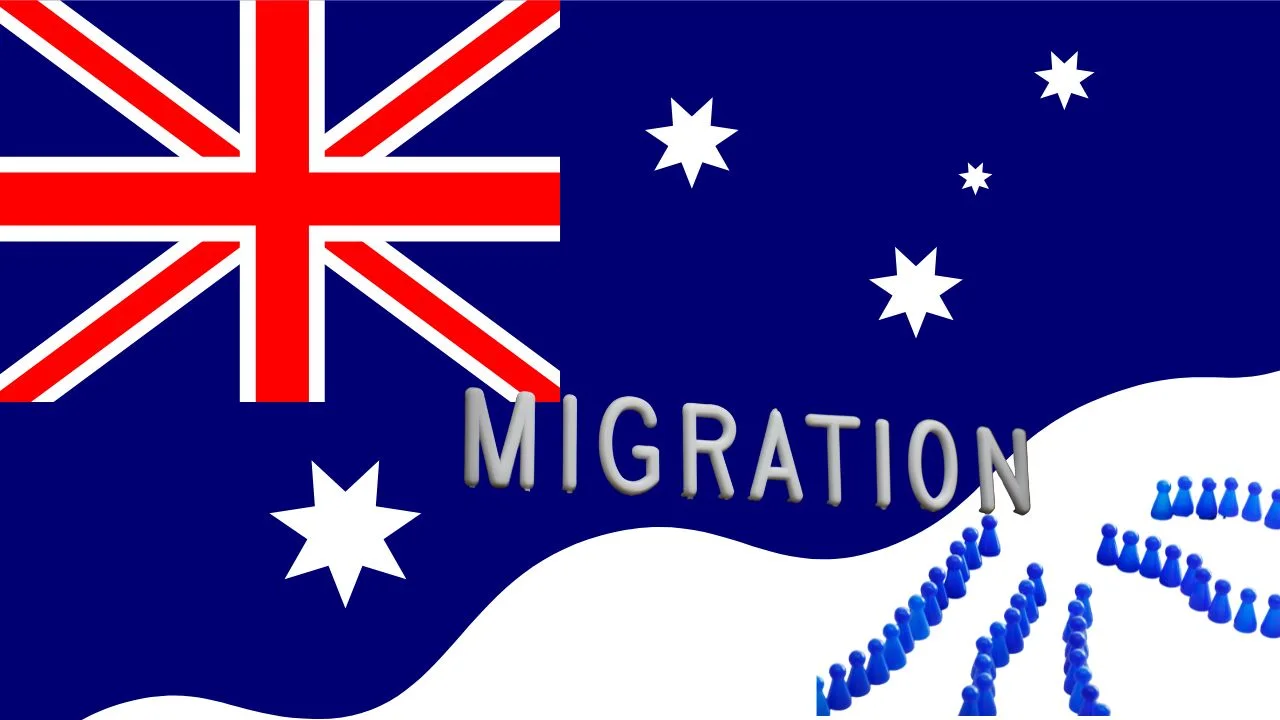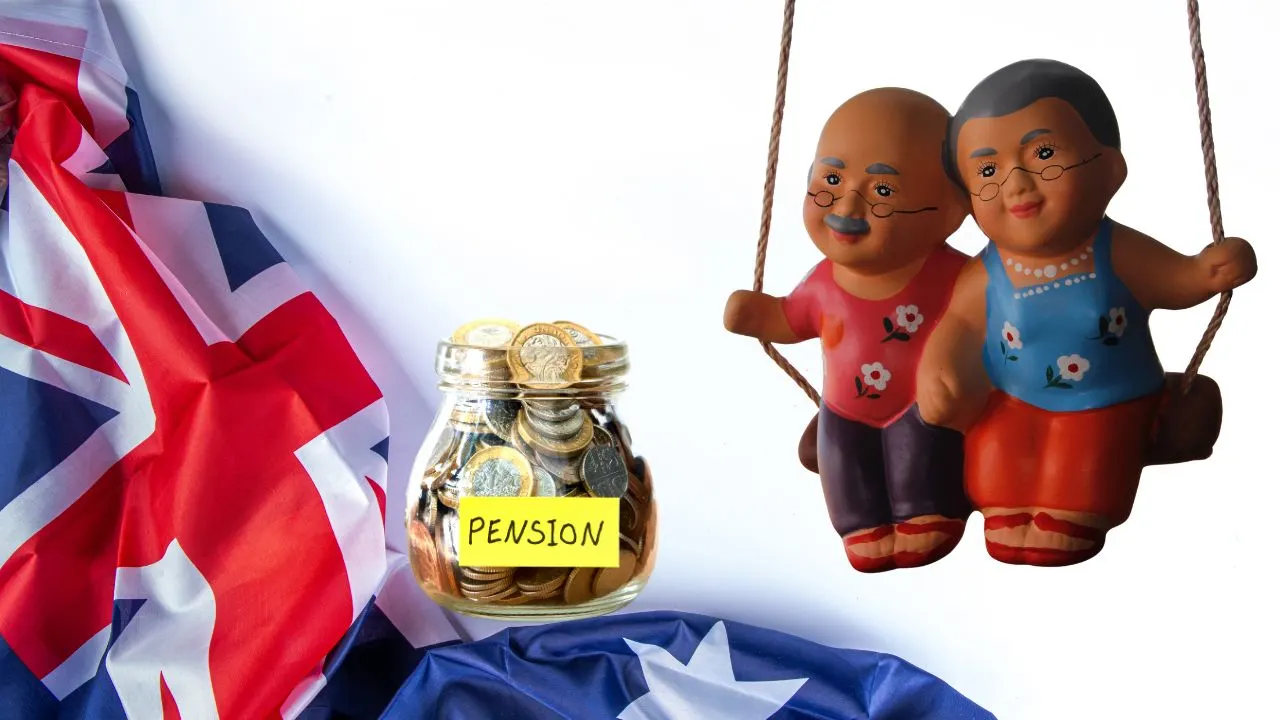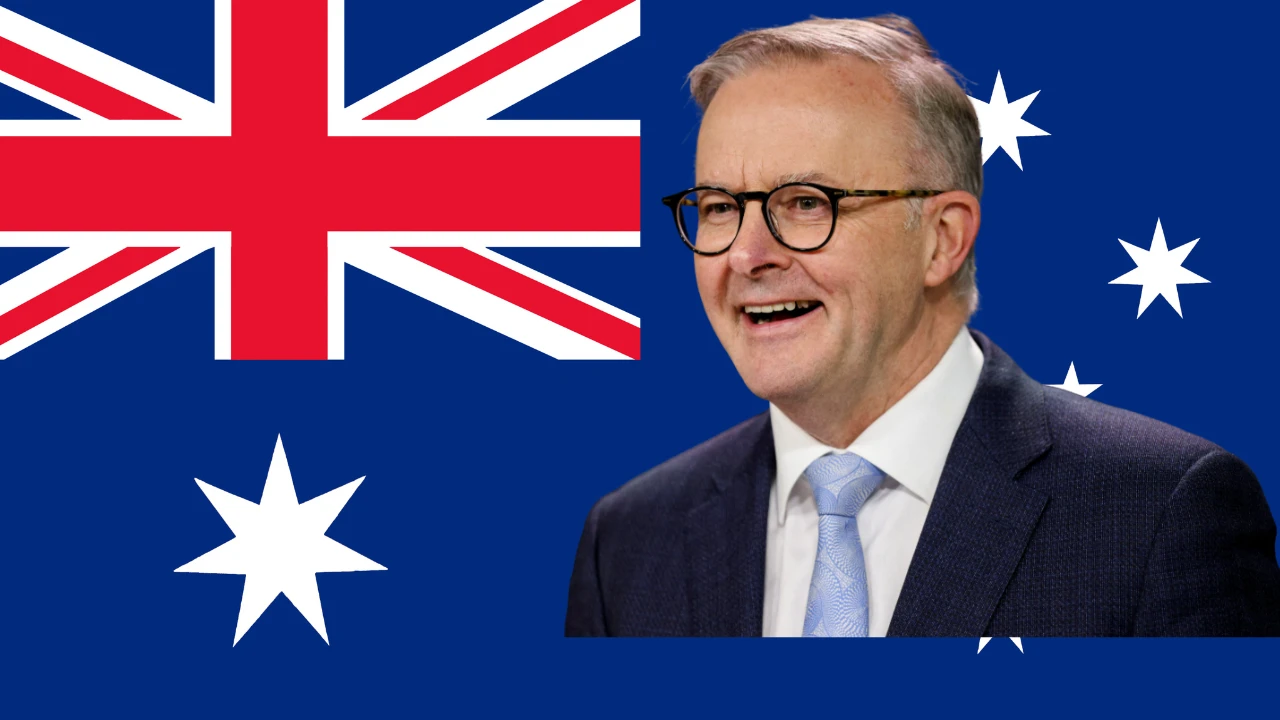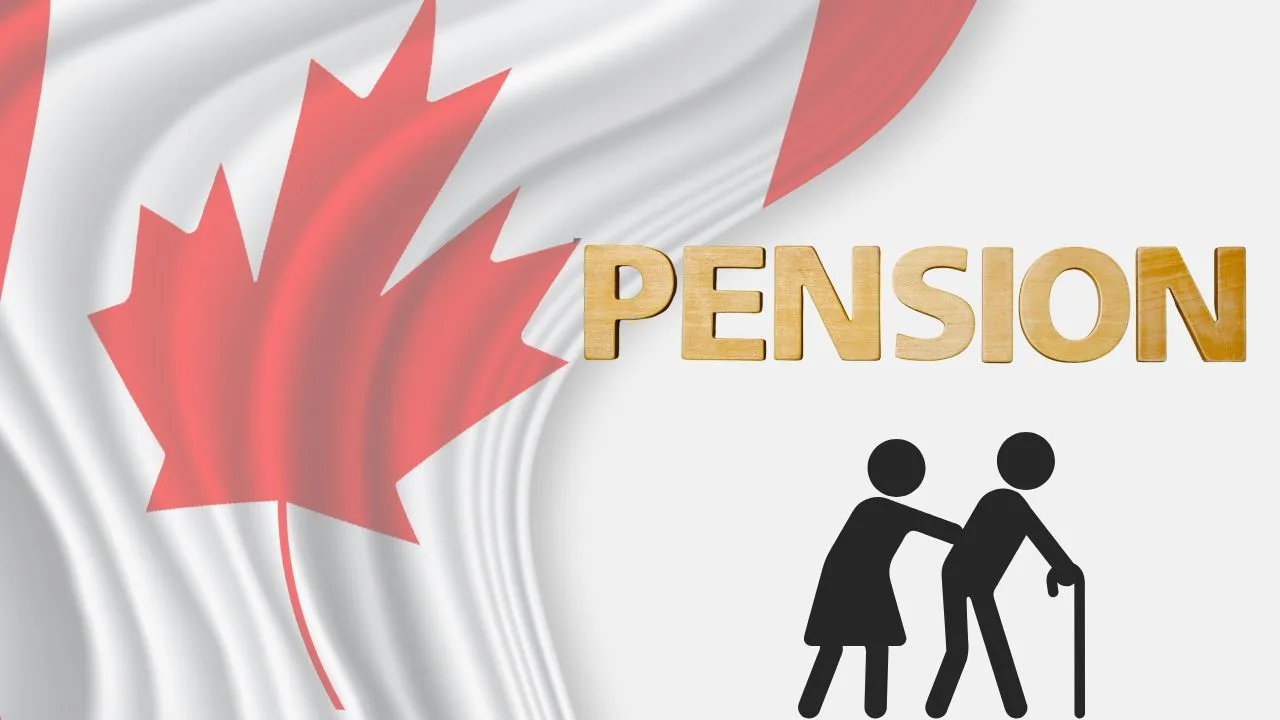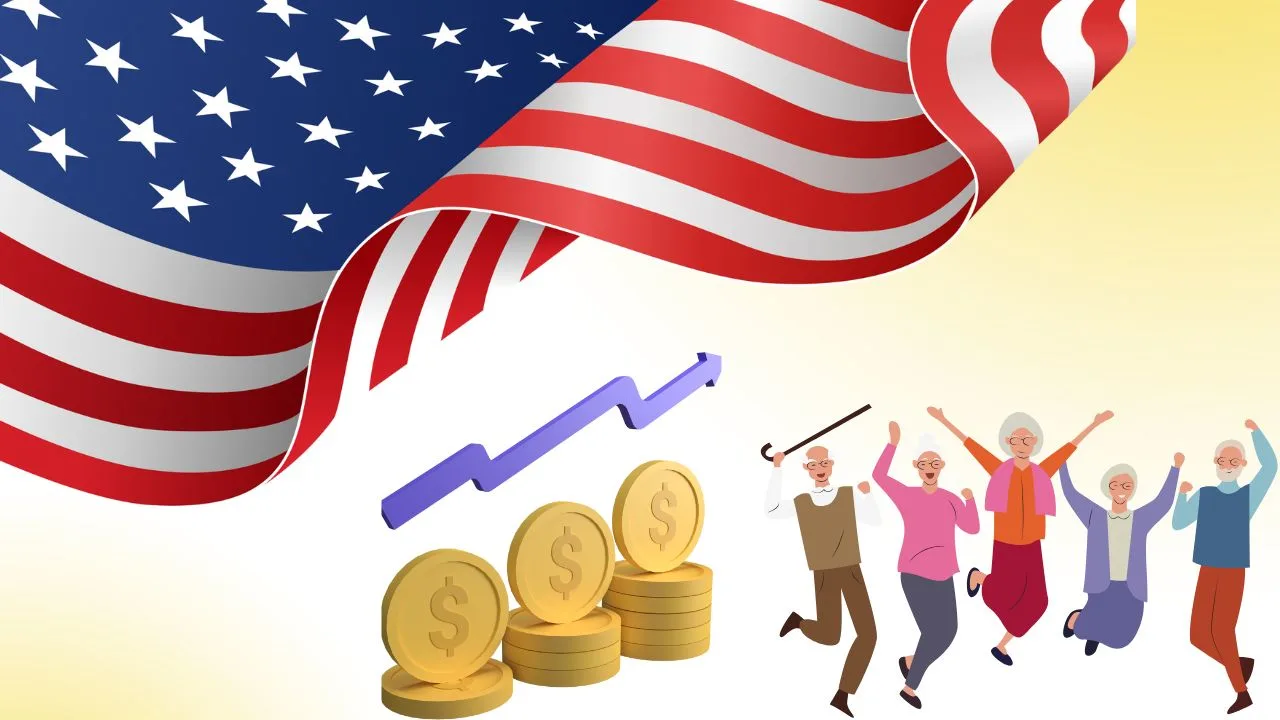March for Australia: The Debate Over Migration. Australia is organizing a big wave of marches called the March for Australia. Organised in several cities, the protests are being marketed as protests against what the organisers refer to as mass migration.
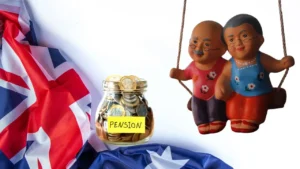
The rallies have raised concerns, fear, and intense arguments among many people regarding the values and future of the nation.
Discomfort among migrant communities.
Several migrants find the upcoming rallies uncomfortable. Social media has been flooded with warnings urging people to avoid going to urban centres, especially the centres that are likely to have most of the protestors. Certain residents have complained that they fear persecution based on their cultural affiliation. Other people just have a fear of being trapped between angry battles.
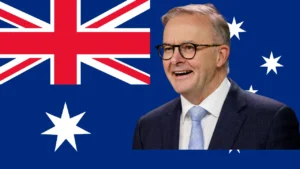
Those migrants who have been living in Australia for many years tend to discuss how they worked hard, paid taxes, and lead a regular life, but they still feel like the target in the migration discussion. The rallies to them are an attempt to remember that the questions of belonging and acceptance are still unsolved.
Overview of March for Australia: The Debate Over Migration
| Category | Details |
| Type | News / Current Affairs |
| Country | Australia |
| Scheme / Event | Nationwide anti-immigration rallies |
| Department | Home Affairs, Multicultural Affairs |
| Key Issue | Immigration, racism, and social cohesion |
| Date | August 31, 2025 |
| Impact | Migrant fears, community division, government condemnation |
| Notable Figures | Tony Burke (Home Affairs), Anne Aly (Multicultural Affairs), Anthony Albanese (Prime Minister), and far-right groups |
| Counter-Response | Migrant communities urged members to stay safe; counter-protests across major cities |
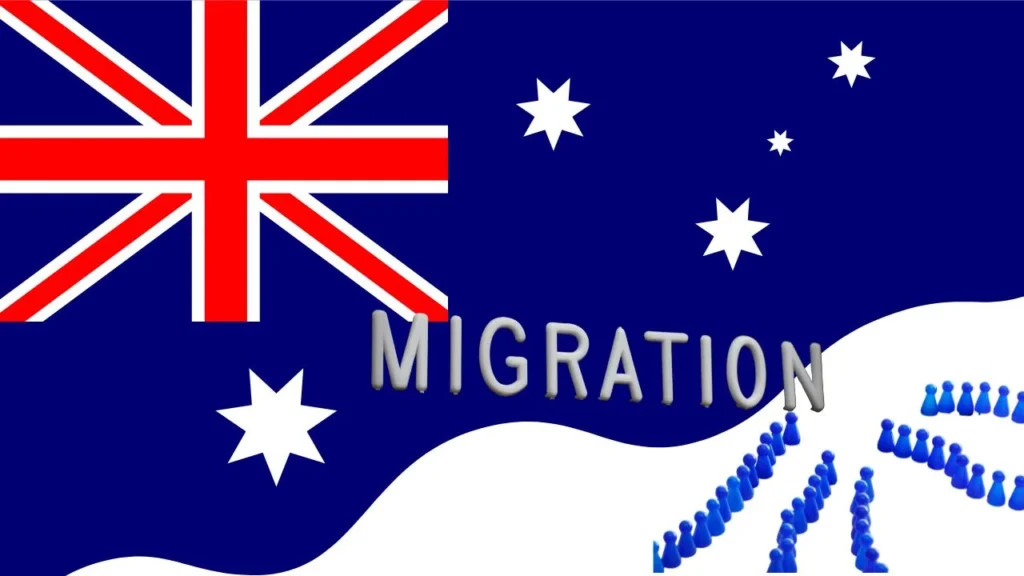
Conflicting responses by International Students.
There are also mixed responses among international students who play a key role in the education and economy. They claim that hostility has never been directly encountered by them and that they perceive Australia as a friendly nation. They perceive the rallies as a kind of a free speech, although they may not agree with the message.
Meanwhile, other students are nervous. They observe that the debates in the street have progressively placed them in the context of issues such as shortages of housing, yet studies indicate that the problem is much more complicated.
Some believe that louder anti-immigration sentiments in the recent past have led to the creation of an environment that allows prejudice to be expressed openly.
The Marches Themselves
The Marches Themselves
The rallies will attract masses of people in Sydney, Melbourne, Brisbane, Adelaide, and other cities. Some of the issues that the organisers are worried about are housing, wages, infrastructure, and cultural change. Critics have, however, identified that the movement has been used to push divisive messages by extremist groups who have identified themselves with the movement, as well as associating immigration with the decline of society.
Similar incidents in the past have frequently been addressed by counter-protests, when community, anti-racism activists, and supporters unite to disapprove exclusionary messages. Law enforcement is anticipating potential violence, and police numbers are likely to be substantial.
Government Stance
The rallies have been highly criticized by the federal government. The officials have made it clear that there is no room for hate or division in the country, and Australians should come together to support multiculturalism and inclusiveness. Meanwhile, the leaders have recognized that there are real issues about housing, infrastructure, and cost of living, but they must be resolved by policy, and not by attacking the migrant communities.
This act of finding a balance between solving real issues and rejecting unhealthy rhetoric is key to how the government and society react to such a scenario.
The Role of Extremist Groups
Participation of far-right groups can be considered one of the largest concerns. These organizations tend to make messages of racism, ethnocentrism, or conspiracy theories more pronounced through protests. Their attendance at rallies, together with that of the common citizens who may only be concerned about economic strains, blurs the distinction between a healthy debate and extremist propaganda.
Observers caution that unless such movements are monitored, they may become normalised and foster hatred of vulnerable groups. People fear not only the violence during the day of the rallies but the long-term consequences of the effect on social cohesion.
Everyday Lives, Real Emotions
Behind the headlines, what matters most are the everyday experiences of people who make Australia their home. For some migrants, the rallies serve as a painful reminder that their presence is questioned,
no matter how long they have lived here. For international students, the protests highlight the fragile balance between being welcomed for their contributions and being blamed for wider social problems.
Yet, despite the fear and uncertainty, there is also resilience. Many migrants continue to speak proudly of their work, studies, and families. They stress that Australia’s story is one of migration and diversity, and that unity can overcome division.
Building Bridges, Not Walls
Community groups across the country are working to promote calm and safety. Advice has circulated encouraging people to avoid unnecessary risks, but many groups are also using this moment to foster solidarity. Initiatives that focus on wellbeing, cultural understanding, and dialogue are gaining momentum as positive alternatives to division.
This shows that even in difficult times, there is space for connection and hope. Where some see division, others see an opportunity to strengthen bonds and reaffirm the values of inclusivity.
Final Thoughts
The March for Australia is more than just a protest—it is a mirror reflecting Australia’s ongoing debates about migration, belonging, and identity. While some see it as free speech, for many others it represents fear and exclusion. The presence of extremist groups only adds to the concern.
What happens on the streets during the rallies matters, but what happens afterward matters even more. The challenge is to ensure that the conversation about migration remains respectful, honest, and constructive. Above all, it must recognise that a nation built on diversity can only move forward by embracing unity, not fear.
| Home Page | https://aiis.org/ |
FAQs for March for Australia
What is the March for Australia?
It is a series of nationwide protests, to be held in August 2025, coordinated by anti-immigration groups, demanding a restriction on migration.
What is the concern of the migrants?
The association with far-right and white nationalist organisations makes many migrants feel targeted by organisers. Others are afraid of being harassed or abused by racists in the marches.
What was the response of the government?
The Australian government was very outspoken against the rallies, claiming that it was promoting hate and a lack of social cohesion.
Were the protests violent?
In certain cities, such as Melbourne and Adelaide, fights erupted between the demonstrators and anti-demonstrators, which resulted in police action. But the majority of the events were under control.
What is so controversial about immigration in Australia?
Issues of housing, infrastructure, employment, and cultural change are a common point of debate, despite research indicating that migrants have a beneficial impact on the economy and the wider population.
